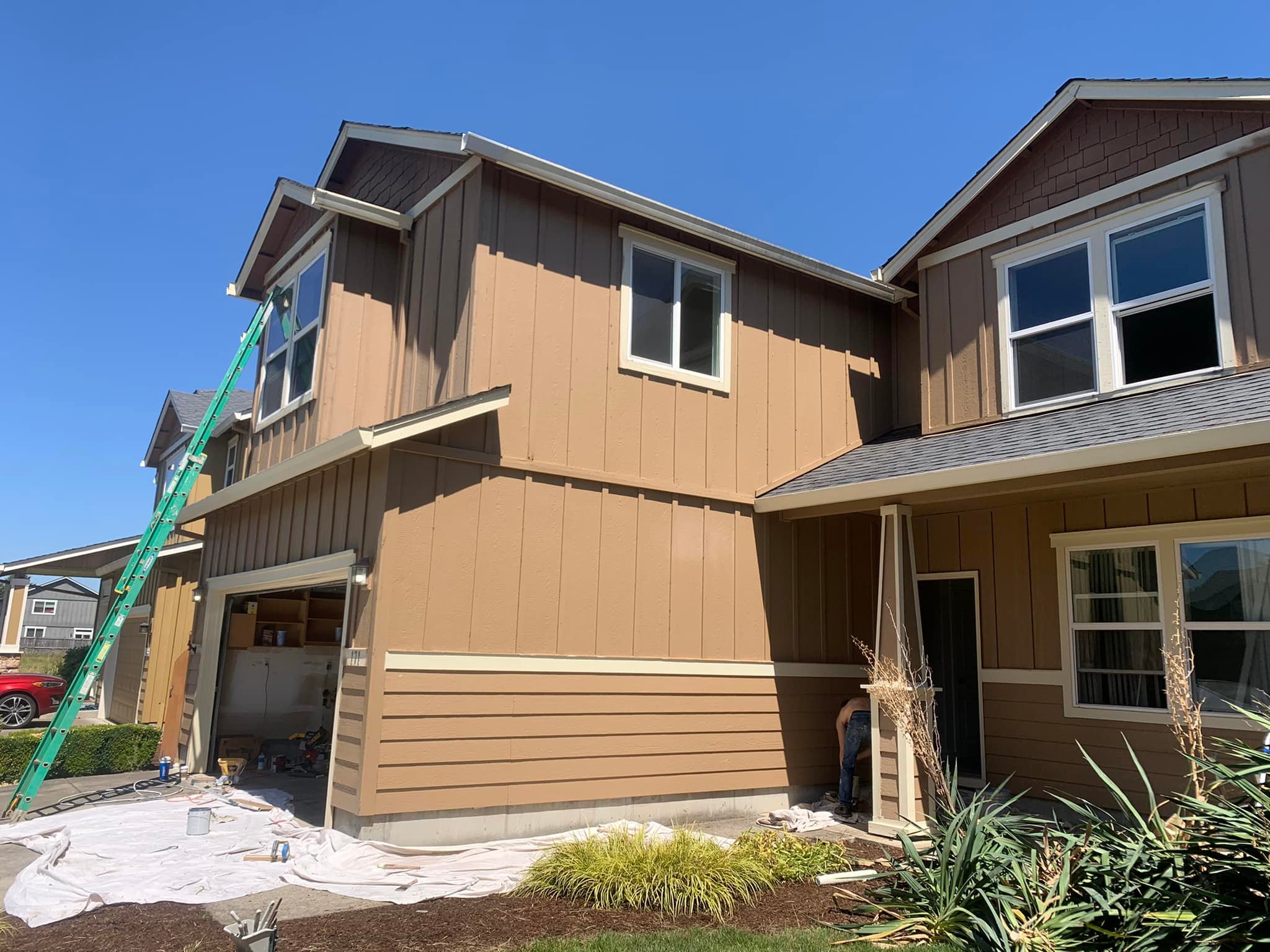
Color Psychology in Home Design: How Paint Choices Affect Mood and Space Nov 13, 2025
Color psychology explores how different hues affect human perception and well-being. When it comes to interior design, these principles can guide us in selecting paint colors that not only beautify a space but make it more harmonious and functional. Let's delve into how you can leverage these insights for your home renovation projects.
Let's start with warm colors, which are often associated with energy and dynamism. For instance, red is recognized for its ability to stimulate conversation and energy, making it an ideal choice for dining rooms and social areas. Despite its vibrant nature, using red as an accent can prevent it from becoming overwhelming. Similarly, orange evokes warmth and enthusiasm, often applied in family rooms to inspire liveliness. Yellow, cheerful and inviting, works wonderfully in kitchens and playrooms, reflecting happiness and positivity.
In contrast, cool colors offer a sense of calmness and relaxation. Blue is known for its soothing qualities, making it a favorite for bedrooms and bathrooms, where relaxation is key. Green offers a connection to nature and brings balance, perfect for home offices to encourage focus. Meanwhile, shades of purple, like lilac or lavender, introduce a touch of luxury and calm, suitable for meditation spaces or master suites.
Neutral colors, such as white, beige, and grey, provide versatility and a sense of cleanliness, acting as a backdrop for other hues to shine. White can make small spaces appear larger, while grey can add sophistication without overpowering the senses. Beige introduces warmth to a room, striking a pleasant balance between stark and cozy.
For those looking to transform small spaces, light colors are particularly effective. Soft blues and pastels can give an illusion of greater space, creating an airy feel. Speaking of design tricks, consider the psychological effects of ceiling colors. Painting a ceiling lighter than the walls can add height to a room, while a darker ceiling creates a cozy, intimate environment.
Beyond individual colors, the harmony created by color combinations is crucial in establishing the desired ambience in any room. Tone-on-tone palettes offer subtle sophistication, while high-contrast schemes can energize a space. To ensure balance, consider the 60-30-10 rule in interior design—use one color as the dominant hue (60%), a secondary color (30%), and an accent color (10%).
When you're ready to revitalize your home, consider how color psychology can influence your paint choices. At Great Paint and Renovate LLC, we’re here to assist you in selecting the perfect colors that match both your aesthetic and emotional needs. Remember, your home is not just a reflection of your taste but also a space that supports your well-being. By understanding and applying color psychology, you can create environments where you and your family will thrive, resonating with positivity and comfort.
Don't underestimate the power of paint in transforming your living experience. Reach out to us for more personalized guidance, and let’s create spaces that truly speak to who you are.
/filters:no_upscale()/media/c45ed5fa-25a8-4450-ab57-4969f17ac075.jpg)